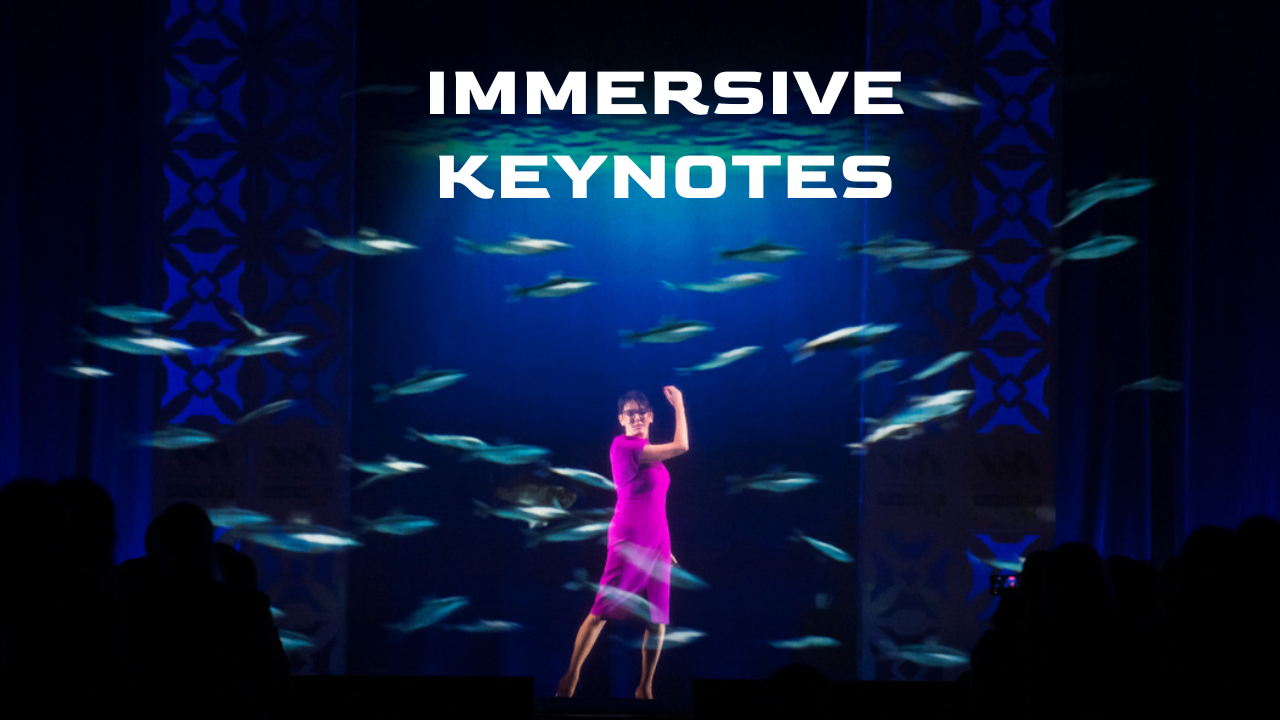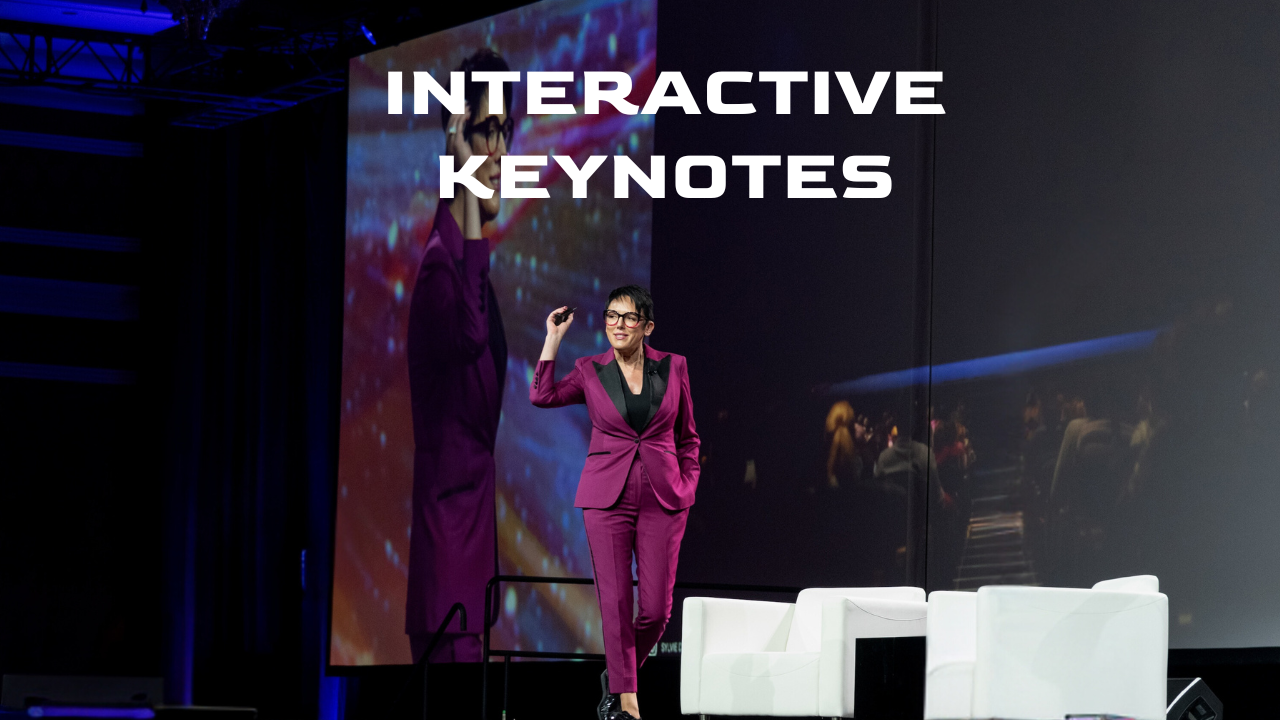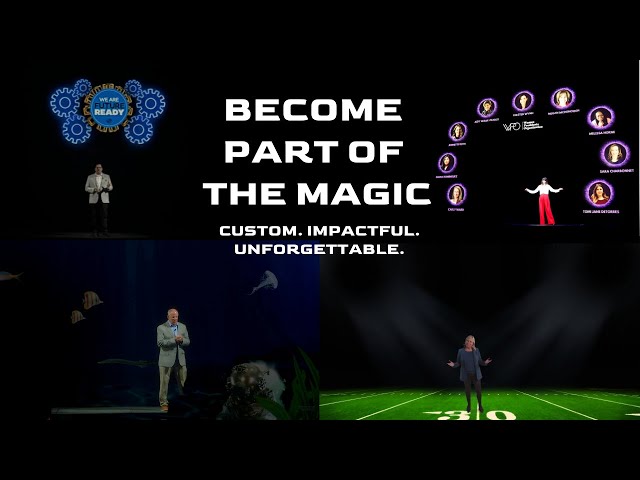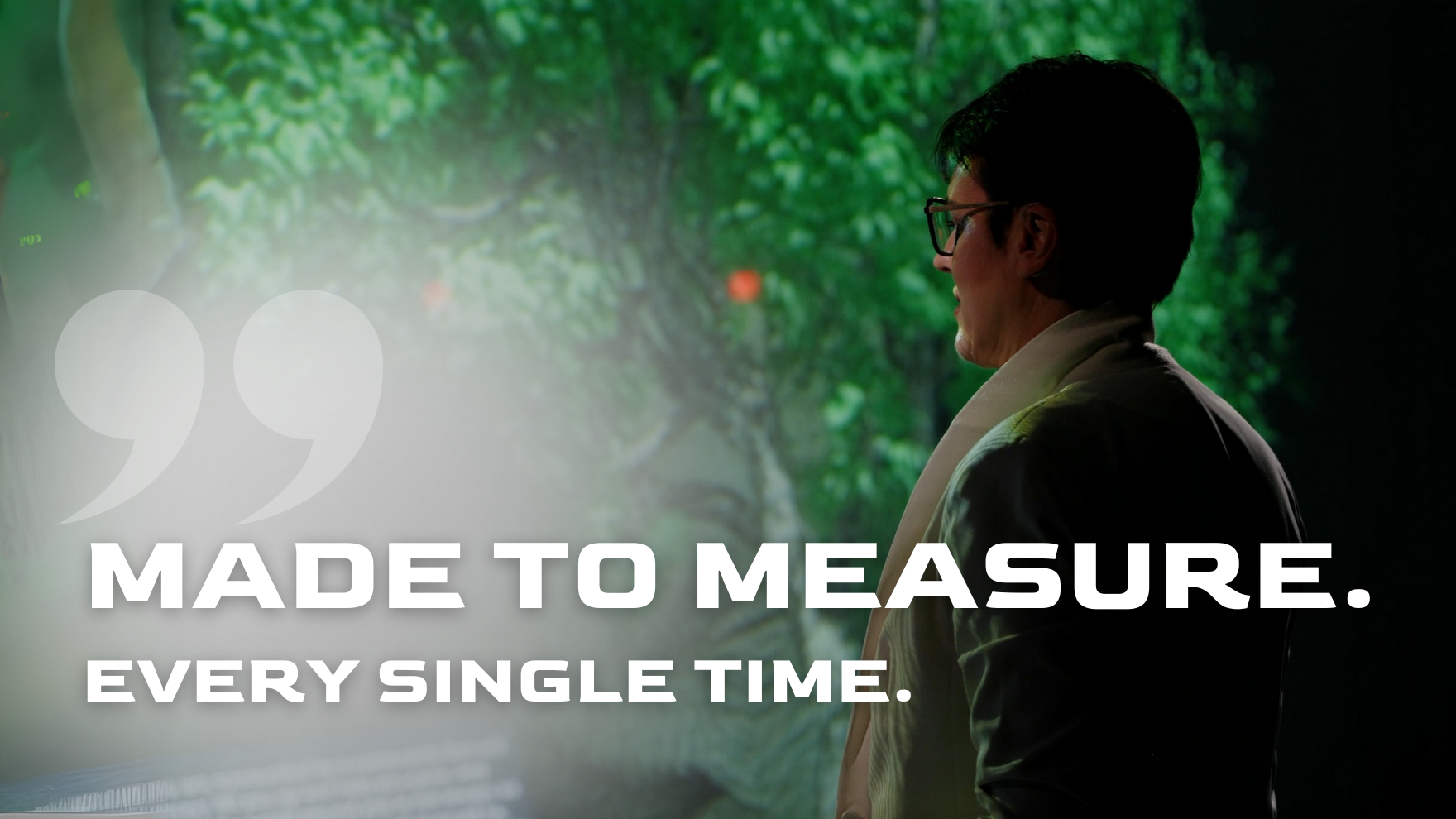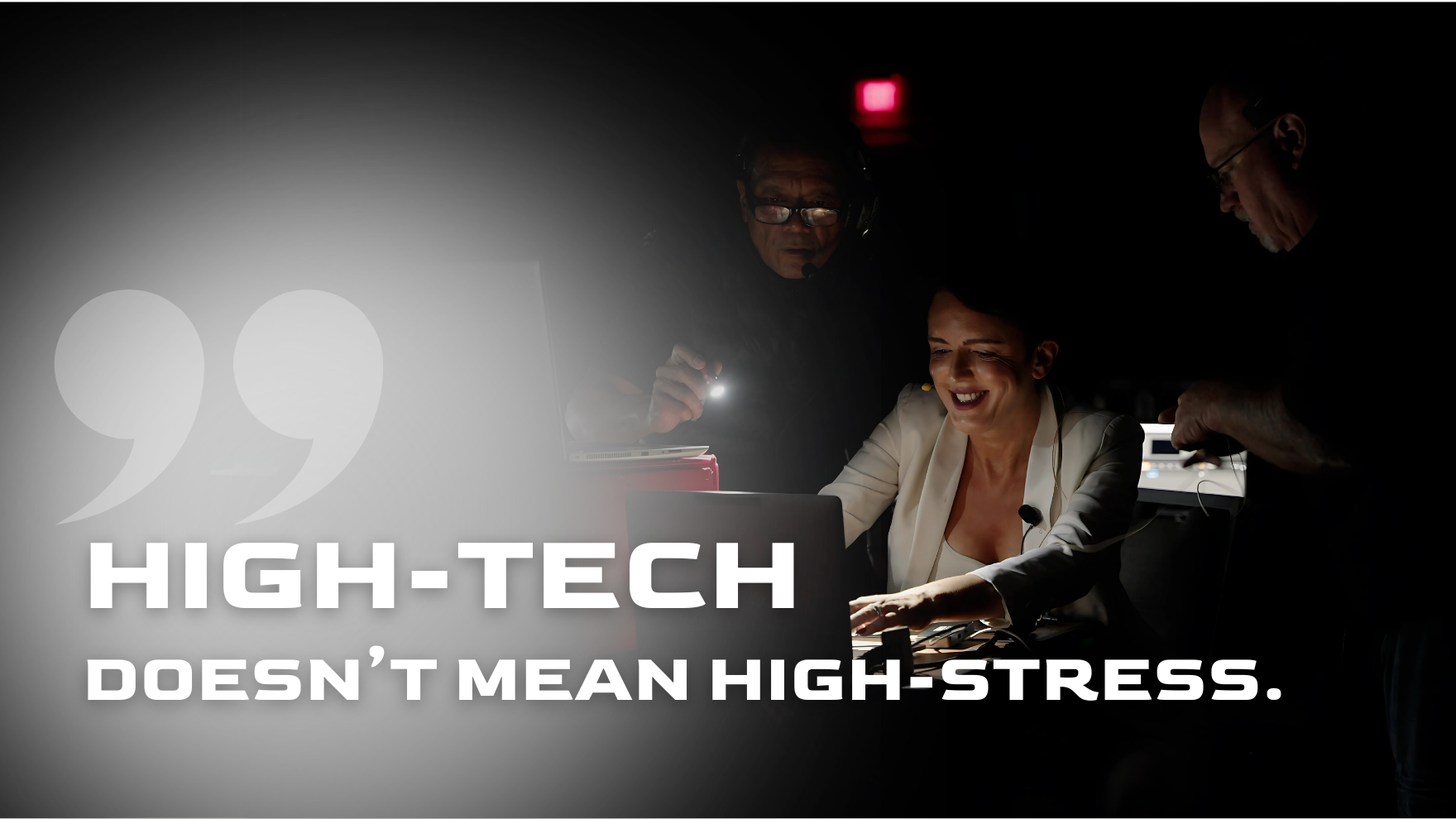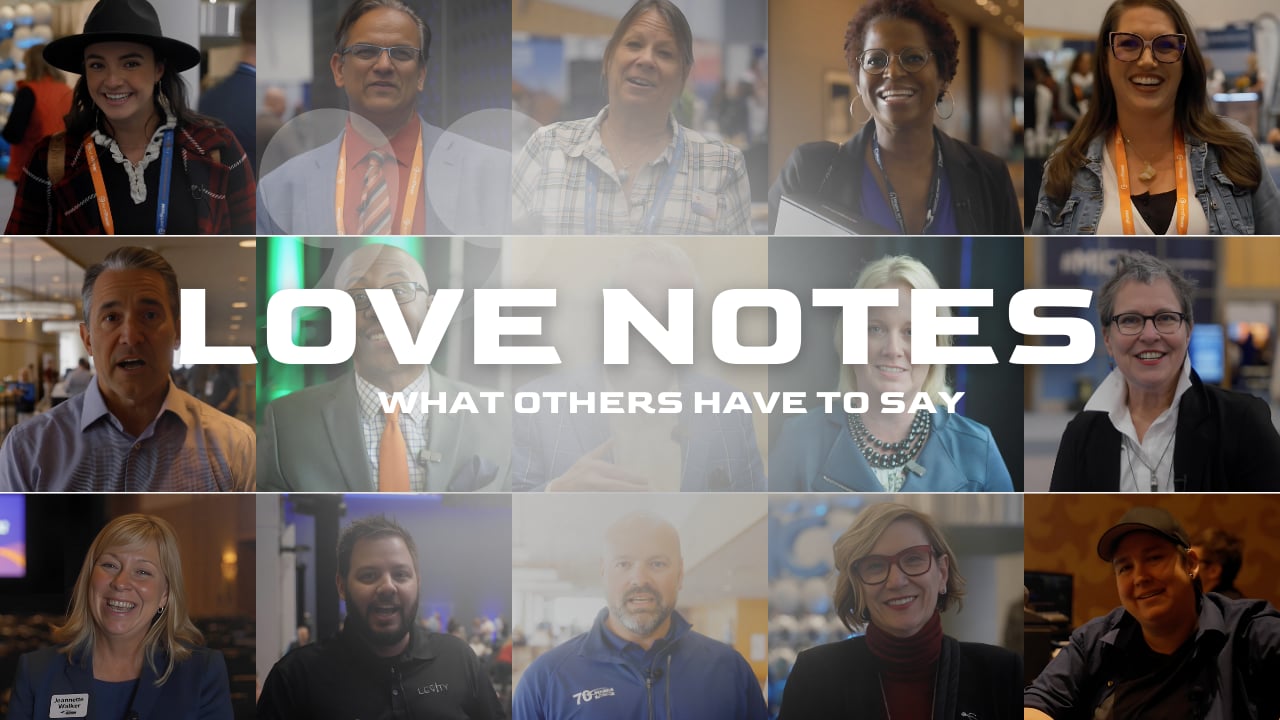The Truth About the Keynote Speech: Why Inspiration Isn’t Always the Only Goal
If you’re planning an event and you’ve been told the keynote speech should be “inspirational,” you’re not alone. For decades, inspiration has been the default ask—the buzzword that makes its way into every speaker brief, conference theme, and event opener. And understandably so. We want people to feel something. We want to kick off with energy. We want a standing ovation. But here’s the problem: inspiration (alone) doesn’t always do what you think it does.
The truth is, not all keynote speeches should aim to inspire. Because inspiration without insight can be hollow. And applause without action? That’s just noise. So, what does your audience actually need from a keynote speech? And what happens when you give them something deeper, sharper, and more strategically aligned?
Key Takeaways
- The keynote speech is not a mood booster—it’s a strategic moment.
- Inspiration is fleeting; transformation requires more.
- A powerful keynote speech must match your audience’s context.
- There are multiple functions a keynote speech can serve beyond “feel-good.”
- Modern audiences want substance, not just stories.
- Choosing the wrong keynote tone can backfire on your event.
- Great event planners tailor the keynote speech to the business need, not the applause meter.
The "Inspiration Trap": Why Feel-Good Doesn’t Always Stick
There’s a certain adrenaline rush that comes with an inspirational keynote speech. The music swells. The standing ovation comes. Everyone feels… moved. And then? They check their phones. They go back to their day-to-day. And within 24 hours, whatever was inspired has often expired.
This is the “Inspiration Trap”: mistaking emotional impact for lasting impact. It’s the belief that just because something feels powerful in the moment, it is powerful in the long run. But ask yourself: what changed for your audience after your last keynote speech? Did they actually do something different? Did they shift their thinking, behavior, or mindset? Or did they just clap and carry on?
Inspiration has its place. But unless it’s tethered to insight and tied to action, it doesn’t last. It’s theater. And your audience deserves more than a one-act play.

If your keynote speech leaves people standing, but not stepping forward, was it really worth the standing ovation?
Know Your Real Objective: What Should Your Keynote Speech Do?
Here’s a radical idea: before you choose your keynote speaker, get brutally clear on what you want the speech to do. Not feel. Not sound like. Not what the speaker is famous for. But what it should actually achieve for your audience.
Do you need to align a fractured team? Launch a new strategy? Heal from a tough year? Spark creativity? Reignite ownership? Re-center your values? Every audience walks in with a different internal narrative. And the keynote speech should disrupt that narrative—intentionally and meaningfully.
Too often, we confuse performance with purpose. But your keynote speech isn’t just the highlight reel. It’s the reset button. The pattern interrupt. The strategic north star.

The best keynote speeches don’t just make people feel better—they make them think and act differently.
The Five Functions of a High-Impact Keynote Speech
Let’s move past the inspiration-only model. A keynote speech can serve many functions, and knowing which one you need changes everything about who you hire and what they deliver.
1. Alignment — When teams or organizations need to get on the same page.
It’s about recalibrating the collective compass and creating shared direction. An alignment keynote can resolve confusion, reframe priorities, and unify diverse departments. Especially during transitions, this kind of keynote speech becomes the glue that bonds vision to execution.
2. Activation — When you want your people to take action after they leave.
This is where a keynote speech moves beyond awareness and into behavior. It can introduce frameworks, plant ideas, and ignite urgency around tangible next steps. Think of it as the spark that fuels post-event momentum.
3. Relevance — When your event needs to connect to real-time challenges or trends.
Today’s audiences want to know that the keynote speech was designed for them, not recycled from last month’s event. A relevance-driven keynote acknowledges the current landscape and shows people how to navigate it. It makes the audience feel seen—and prepared.
4. Challenge — When it’s time to push boundaries or question the status quo.
Sometimes, the most respectful thing a keynote speech can do is provoke discomfort. Challenging the audience isn’t about confrontation, but about helping them confront what’s holding them back. It nudges people out of autopilot and into possibility.
5. Celebration — When you’re recognizing achievements, wins, or milestones.
This type of keynote speech validates effort and energizes culture. It can help close a chapter with pride or open a new one with confidence. When done right, celebration speeches strengthen emotional connection and loyalty across the room.
A great keynote speaker knows which of these functions to step into. A brilliant speaker weaves two or three together without your audience ever realizing it.

Your keynote speech has a job to do—and “make them smile” isn’t the only line in the job description.
Audiences Are Evolving—And They’re Craving More Than Inspiration
Today’s audiences are sharper. More skeptical. They’ve been through a pandemic, layoffs, transformation fatigue, and a barrage of empty platitudes. They can smell canned storytelling from the back row. They don’t want inspiration served on a silver platter. They want something real. Something useful. Something that respects their intellect.
The modern audience craves:
Insights they can apply
Context that feels relevant
Candor over cliches
Interaction over passive listening
Proof over platitudes
The keynote speech that once “wowed” a crowd in 2015 might now get a polite applause and an Instagram scroll.

If your keynote speech could be delivered word-for-word to any other audience, it’s probably not the one your audience needs.
Stop Treating the Keynote Speech Like a Pep Rally
One of the costliest mistakes planners make is choosing the wrong keynote tone for the wrong context. A high-energy pep talk might seem like the safe choice—but in the wrong room, it can feel tone-deaf, dismissive, or even alienating.
Imagine this: a workforce has just gone through major layoffs. Tensions are high. Trust is low. And you bring in a speaker to talk about “crushing it” and “pushing harder.” Ouch.
Or you have a leadership retreat focused on strategic innovation, and the keynote is a vague motivational story with zero business application.
The keynote speech sets the emotional tone of your event. And when it hits the wrong note, recovery is tough.

A keynote speech that only delivers energy might spark applause, but one rooted in emotional intelligence sparks trust, relevance, and change.
What Your Audience Might Actually Need Instead
Instead of asking, “How do we inspire them?” ask:
What do they need to hear right now?
What conversations are they avoiding?
What would help them feel seen, challenged, or reconnected?
Sometimes they need a truth-teller. Sometimes they need a strategist. Sometimes they need a mirror. And yes, sometimes they do need a little fire. But rarely do they need a one-size-fits-all dose of “rah-rah.”
Your keynote speech could be the moment your audience realizes they’re not alone. Or that it’s time to lead differently. Or that their ideas are worth pursuing. Or that it’s okay to slow down. Whatever it is—make it count.

The best keynote speeches don’t entertain your audience. They elevate them.
How to Match the Speaker to the Moment
So how do you find a speaker who doesn’t just “inspire,” but meets the moment? Start by rewriting your criteria. Look for:
Relevance to your audience’s current reality
A great keynote isn’t generic—it’s laser-focused on what your audience is dealing with right now. The best keynote speakers demonstrate an understanding of current industry challenges, cultural shifts, or organizational pain points. Relevance builds instant trust and credibility. When your audience feels seen, they’re far more likely to stay engaged—and take action afterward.
Expertise that aligns with your goals
Not every expert is the right fit for your message. The keynote speaker should not only know their subject matter but also be able to connect it meaningfully to your event theme or business strategy. Look for someone who brings both depth and applicability to your context. Expertise that aligns makes the keynote more than informative—it makes it transformative.
Adaptability to tailor content, tone, and delivery
Cookie-cutter keynotes are a red flag. A keynote speaker who asks insightful questions before the event and adjusts their content accordingly is a speaker who respects your audience. Adaptability shows up in how they handle tone, examples, cultural references, and even humor. It’s about personalization that feels authentic, not performative.
Proof of impact beyond applause
Clapping is nice. Change is better. Ask for evidence of what happened after the speech—did a leadership team shift direction? Did attendees report specific takeaways they implemented? Testimonials are good, but follow-through metrics are better. The real proof of a powerful keynote is what your audience does next.
Ask for examples of transformation. Not just testimonials, but real-world outcomes. Ask how they approach your audience’s specific pain points. Ask how they measure success.
And when in doubt? Don’t default to the speaker who “crushes it every time.” Choose the one who gets it this time.

The keynote speech isn’t just about the speaker you hire. It’s about the moment you create.
What If You Didn’t Try to Inspire Them?
What if you gave your audience something richer than inspiration? What if your keynote speech sparked clarity, shifted culture, challenged thinking, or built trust? What if it gave people permission to do something differently—and the tools to actually do it?
Inspiration is easy to find. Transformation isn’t. So stop aiming for applause. Start aiming for impact. Because the right keynote speech doesn’t just move your audience—it moves your organization.
And that, ironically, might be the most inspiring move of all.
ABOUT THE AUTHOR
Sylvie di Giusto delivers keynote speeches that marketing audiences don’t just listen to—they experience. As a globally respected marketing speaker and the world’s first to offer 3D immersive keynotes, Sylvie transforms traditional presentations into unforgettable brand moments that spark insight, shift behavior, and deliver measurable value.
With over a decade of executive experience in the retail industry, she helps marketing professionals harness the power of perception to strengthen customer relationships, elevate brand presence, and drive results that matter. Her keynote speeches blend behavioral science, emotional intelligence, and real-world marketing strategy—making them as practical as they are powerful.
Sylvie is exclusively represented by cmi, one of the world’s premier speaker management agencies. To explore how she can make your next event stand out—for all the right reasons—reach out here.


